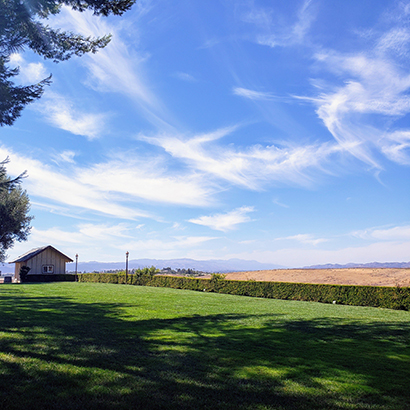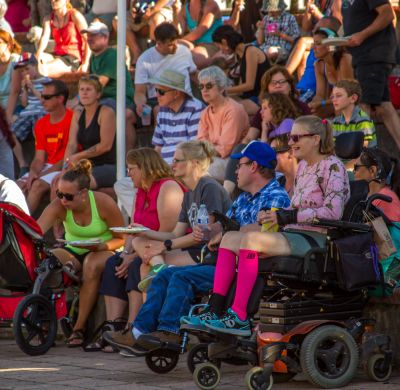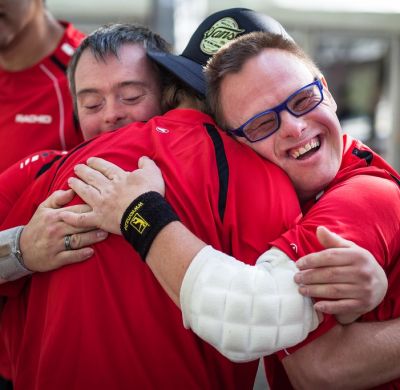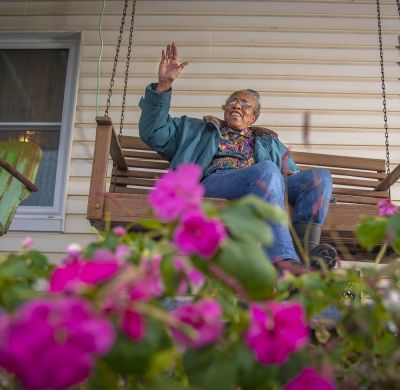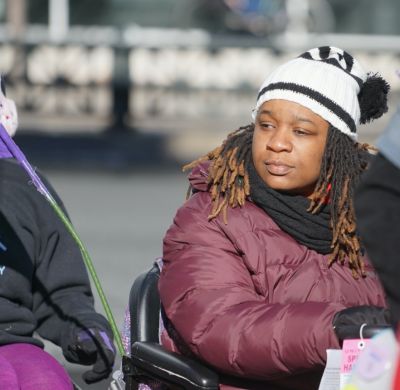RTC:Rural
RURAL DISABILITY RESEARCH
As leaders in rural disability research, we collaborate with disability community members across the country to shape our research agenda and ensure that our evidence-based solutions fit their rural contexts. Together, we work to improve the ability of people with disabilities to engage and thrive in rural life.
Focus Areas
Our work spreads across several Focus Areas:
• Health
In each Focus Area, you can find links to our research findings and products, including journal articles, fact sheets, toolkits, infographics, websites, and more.
Community Living
Community Living resources promote accessibility and participation in rural communities.
Visit Community Living Focus AreaEmployment
Employment resources focus on rural community development and service delivery.
Visit Employment Focus AreaHealth
Health resources focus on the management of secondary health conditions and health promotion.
Visit Health Focus AreaRural Disability
The RTC:Rural uses a wide variety of data from large public datasets to help answer questions about the disability experience in rural and urban locations.
Visit Rural Disability Focus AreaDisability Maps
Disability Maps resources include geographic representations of large dataset analyses.
Visit Disability Maps Focus AreaDisability Counts
Disability Counts includes data dashboards and tools to provide access to state and county-level disability data, as well as data on individuals who are institutionalized in correctional facilities (i.e. prisons and jails) and nursing homes.
Visit Disability Counts Focus Area

Olmstead Plan for Montana!
The state of Montana asked the Rural Institute for Inclusive Communities to help coordinate the creation of an Olmstead Plan. An Olmstead Plan is a state's plan to ensure people with disabilities can receive State services in their communities. It is about helping people with disabilities live there they want.
This process will be from Spring 2024 to Winter 2025. This summer we will be traveling all over Montana to talk with people and learn what people think about the plan. Check back here for more information on Olmstead and details on this summer's engagement sessions, coming soon!
Disability Counts provides multiple tools for accessing national data about people with disabilities in America. The dashboards include interactive maps of county-level data, state-level data, and data on individuals who are institutionalized in correctional facilities and nursing homes. You can also search by geographic areas and disability variables to generate your own unique dataset. This easy to use tool includes a tutorial to assist users in navigating the site.

